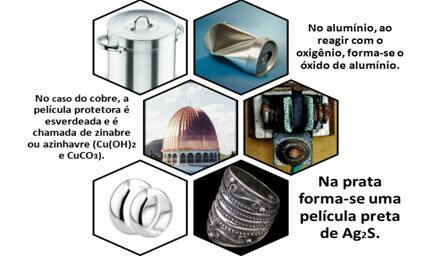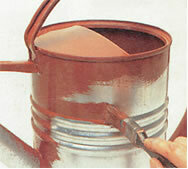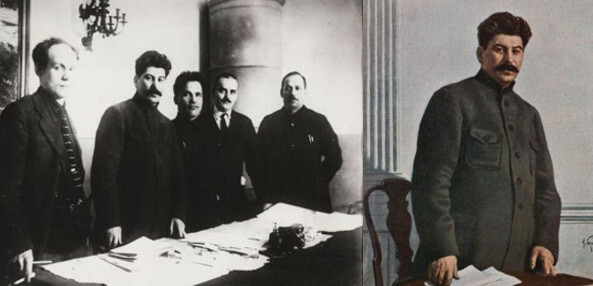As stated in the text “Corrosion of Metals”, the corrosion of many metals, such as iron, causes great economic and social damage.
Silver, aluminum and copper do not corrode very intensely, because when they oxidize they naturally form a kind of protective film that prevents the rest of the material from suffering the corrosion. In the image below, you can see the constitution of the protective film in each case:

When they corrode, aluminum, copper and silver metals form films that protect the rest of the metal.
Iron, however, rusts, forming Fe2O3. 3 hours2O, which is not a protective film. On the contrary, the rust on the metal surface will loosen and continually expose the metallic iron to the ambient condition. In this way, corrosion continues until the total deterioration of the part. Thus, scientists, mainly chemists, have developed methods of protection for iron and steel, as they do not have a natural protection process.
Some of these methods are presented below:
• Coating: it is possible to prevent the contact of iron with oxygen in the air for many years, applying a layer of protective paint, such as red hair (Pb
3O4) or other more efficient polymer-based inks.
It can also be coated with tin, as is the case with tinplate used in canned goods. It can be covered with an extra layer of polymers on the inside, as the citric acid present in stored food can react with tin and iron, contaminating the food.
• sacrificial metals: this technique is also called electroplating in honor of the scientist Luigi Galvani (1737-1798).
In it, a metallic coating is applied to a part, placing it as a cathode (negative pole) in an electrolysis circuit.
Iron is protected by using a metal that has greater oxidation potential than iron, such as magnesium and zinc. When the metal used is zinc, it is called galvanizing.
The metal used is called “sacrificing” precisely because it will be oxidized in place of iron. This sacrificial metal loses electrons to the iron keeping it protected even if the surface is scratched and the iron is exposed to air.
This is not the case with tin, which only prevents the iron from coming into contact with the air. Once this protective tin layer is broken, the iron will quickly rust.
In electroplating it is possible, in addition to protection, to improve the part, as it looks similar to the more coveted metals such as gold and silver. Examples of electroplating are chrome plating, silvering and gilding.
Sacrificial metal must be changed from time to time because of wear.
A similar process is to bond magnesium or zinc plates to iron. This is done to protect ship hulls and oil rig stakes.

So that the ship's hull does not get rusty like the one in the photo above, blocks of metallic magnesium are placed. Magnesium in contact with sea water undergoes oxidation and releases electrons that protect the steel
• Stainless steel: steel (alloy of iron and carbon) becomes stainless when mixed with other metals such as chromium, nickel, vanadium and tungsten.
By Jennifer Fogaça
Graduated in Chemistry
Brazil School Team
Source: Brazil School - https://brasilescola.uol.com.br/quimica/protecao-contra-corrosao-ferro.htm



